Weather in Tokyo by Month and What to Wear
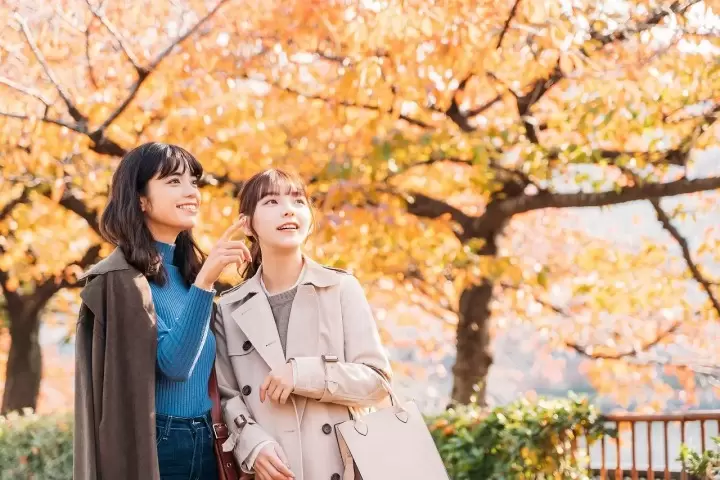
Check out the temperatures and weather conditions in Tokyo for each month of the year. We also offer tips on what to wear to feel comfortable during your trip.
Weather and Average Temperatures in Tokyo
Tokyo has a humid subtropical climate characterized by four distinct seasons, with hot summers and cool winters. Here’s an overview:
Spring (March to May)
The temperatures are mild, gradually warming from around 10°C (50°F) in March to about 20°C (68°F) in May. It's generally dry and comfortable, with increasing sunshine.
Summer (June to August)
Summer in Tokyo is hot, humid, and often rainy, especially during June and early July due to the rainy season (tsuyu). Temperatures frequently rise above 30°C (86°F), especially in August, which can be very hot and humid.
Autumn (September to November)
The weather cools down, with temperatures dropping from around 25°C (77°F) in September to 10°C (50°F) in November. Humidity decreases, and the air becomes crisp.
Winter (December to February)
Winter in Tokyo brings cool to cold temperatures, generally ranging from 0°C (32°F) to 10°C (50°F). Snow is rare but possible, mainly in January and February.
Rainfall in Tokyo
The total annual rainfall is moderate to high, with the rainy season in early summer. Typhoons occasionally affect Tokyo from August to October, bringing heavy rain and strong winds.
Read on to learn the average temperatures by month in Tokyo, with tips on what to wear for each month.
Weather in Tokyo by Month and Clothing Tips
1. January to March
- January: Coldest Time of the Year
- February: Still Very Cold
- March: Be Prepared for Chilly Weather
2. April to June
- April: Lovely Spring Weather
- May: Pleasant Average of 20℃
- June: Relatively Hot and Rainy Season
3. July to September
- July: Very Hot During Daytime
- August: Dangerous to Be Under Direct Sunlight
- September: Still Very Hot at Daytime
4. October to December
- October: Pleasant Temperatures, Frequent Typhoons
- November: Chilly Weather, Wear a Light Jacket
- December: Time to Put on a Warm Coat
1. January to March: Keep Yourself Warm
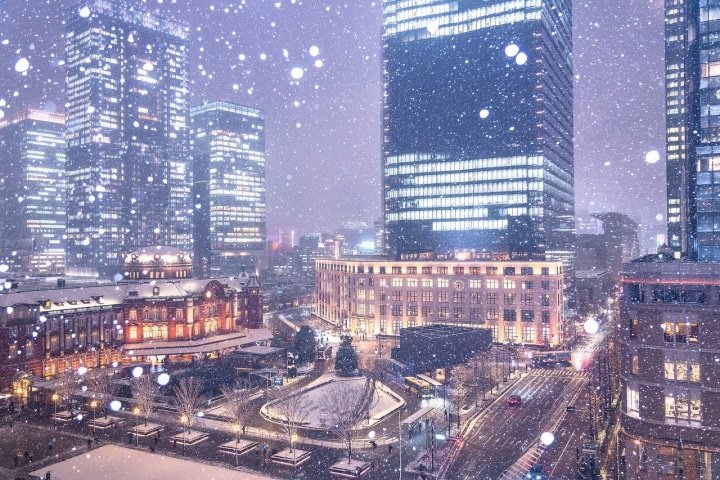
Tokyo Station under the snow. Photo by Pixta
The average temperature tends to stay below 10℃ (50°F) from January to March. It sometimes will even fall below 0℃ (32°F), so you will definitely need a thick coat at the very least to keep yourself warm.
Even if it's cold, you can show your trendy side by wearing a stylish scarf, knit cap, and mittens as accessories.
January: High 9.6℃ (49.2°F)/ Low 1.8℃ (35.1°F)
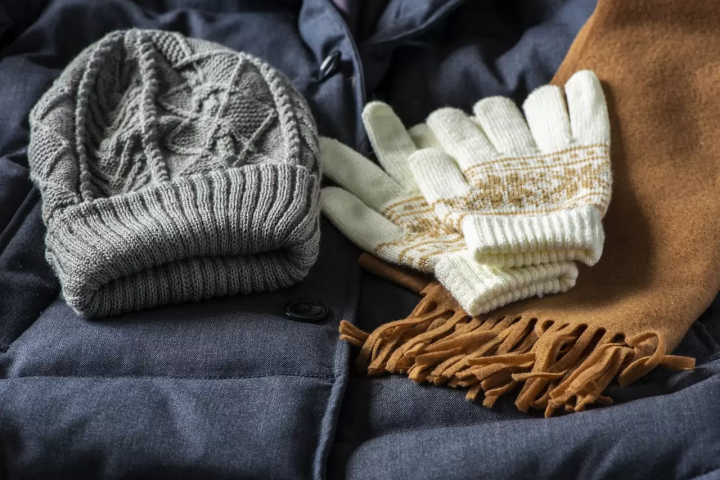
Photo by Pixta
January is a very cold month, so come prepared with winter-appropriate clothing.
Long pants, warm, thin layers, a coat, and warm accessories (gloves, a hat, and a scarf) are recommended.
February: High 10.3℃ (50.3°F)/ Low 2.7℃ (36.9°F)

Photo by Pixta
In February, we strongly recommend wearing a down jacket or a coat. You will definitely need gloves and a scarf too.
Some say that February feels colder than January or December, but the temperature isn't too different.
March: High 16.4℃ (61.3°F)/ Low 7.9℃ (46.1°F)
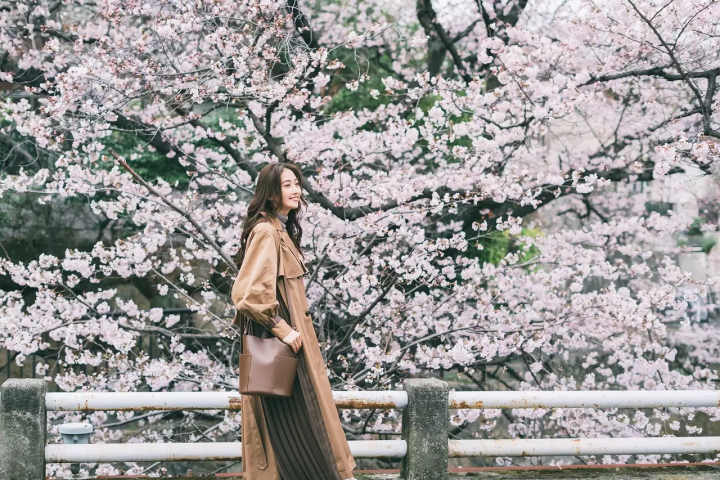
Photo by Pixta
Though the daytime temperatures are quite refreshing in March, it might feel chilly come sunset.
Having a medium-weight jacket (or a spring jacket with a liner) would be a good idea in March. You should keep your feet warm as well.
Tokyo's cherry blossoms start blooming from around March 20. In spite of the still quite chilly weather, it's a great time of the year to visit Japan's capital.
Read also
↑ Return to the top of article.
April to June: The Most Comfortable Months
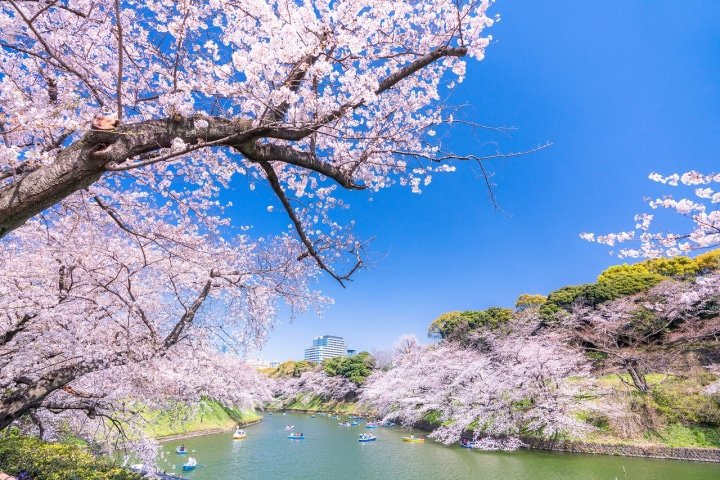
Photo by Pixta
From April to May, the weather in Tokyo is very comfortable as average daily temperatures rise to around 20℃ (68°F). However, the gap between the morning low and daytime high is larger in April.
Since it will get cold during the morning and evening, you should take a thin jacket or hoodie along with you just in case. May and June are typically the mildest months in Tokyo.
Starting with cherry blossoms, which reach full bloom in early April, during these three months various types of flowers bloom all around Japan. Tokyo boasts splendid locations for spring flower viewing, such as the Showa Kinen Park. This is a great time of the year to capture the lovely spring scenery in amazing photos!
April: High 19.2℃ (66.8°F)/ Low 10.8℃ (51.2°F)
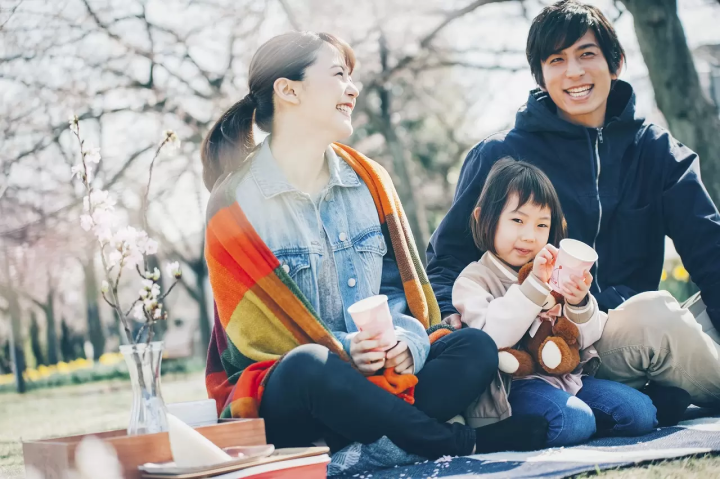
Photo by Pixta
Early April can still be chilly. If you go cherry blossom viewing, be sure to wear long-sleeved clothing. We recommend carrying a light jacket and a scarf in case it becomes cold in the evening.
By late April, the weather is comfortably warm, so you can wear light clothing such as T-shirts with jeans, or long-sleeve shirts and pants. Thin cardigans are also suitable.
This is the season when beautiful wisterias and nemophila blooms appear, so try to spend time outdoors and enjoy the scenery.
May: High 24.1℃ (75.2°F)/ Low 16℃ (60.9°F)
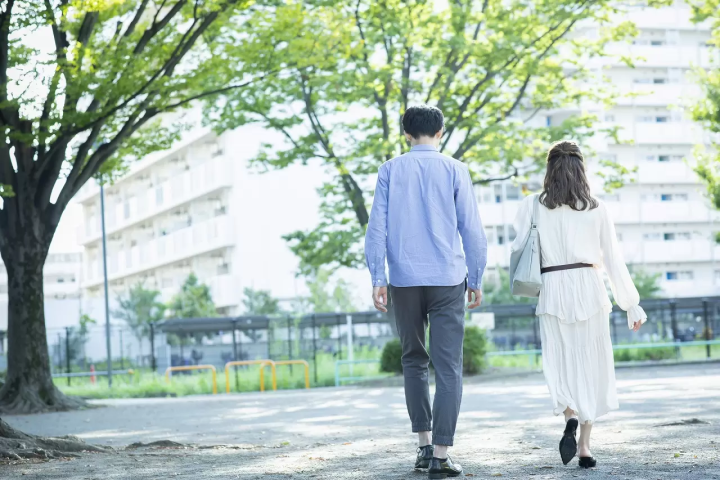
May is another month with very pleasant, moderate temperatures. You will be comfortable wearing long skirts, dresses, and short-sleeved shirts. Bring a lightweight cardigan or sweater for the mornings and evenings.
One of our recommended places to visit in Tokyo in May is Showa Kinen Park, a vast facility with various types of flower fields.
June: High 26.5℃ (79.4°F)/ Low 20℃ (68°F)
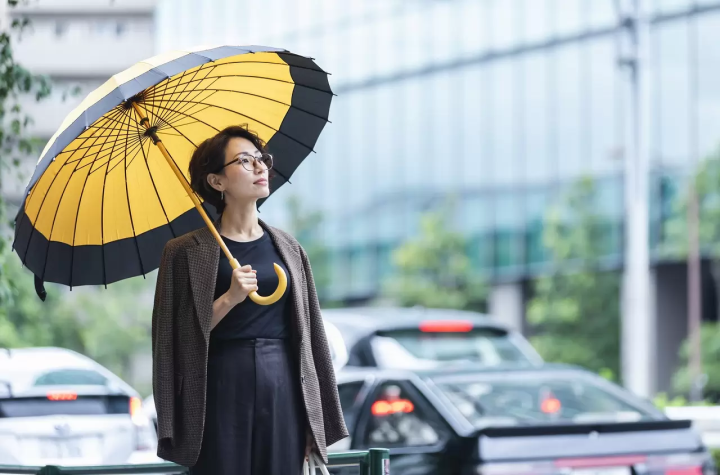
Photo by Pixta
This period is the rainy season in Japan, so you are more likely to feel the humidity rather than heat during this month. It rains quite heavily at times in June, so bringing or purchasing a light raincoat or waterproof shoes would be a good idea.
June is the time when hydrangeas bloom around Tokyo. These gorgeous blooms that love rain are the highlight of the season.
Read also
↑ Return to the top of article.
July to September: Hot and Humid Summer
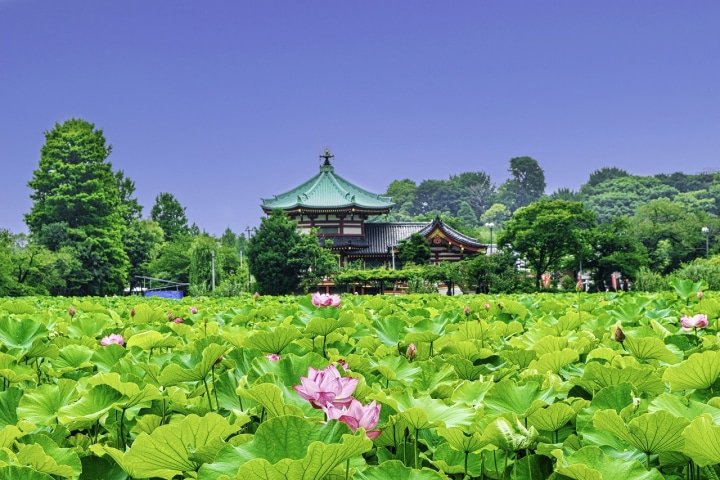
Lotus flowers at Shinobazu Pond in Ueno, blooming in early July. Photo by Pixta
The morning low in July and August tends to be just below 30℃ (86°F), which means that every single day the temperatures will be above 30℃.
We recommend wearing short sleeves, skirts, shorts, or dresses. During this time of year, Tokyo hosts many fireworks festivals, and you'll often see people wearing the casual Japanese kimono called yukata. If you have the chance, definitely give it a try!
July: High 31.4℃ (88.3°F)/ Low 24.2℃ (75.8°F)
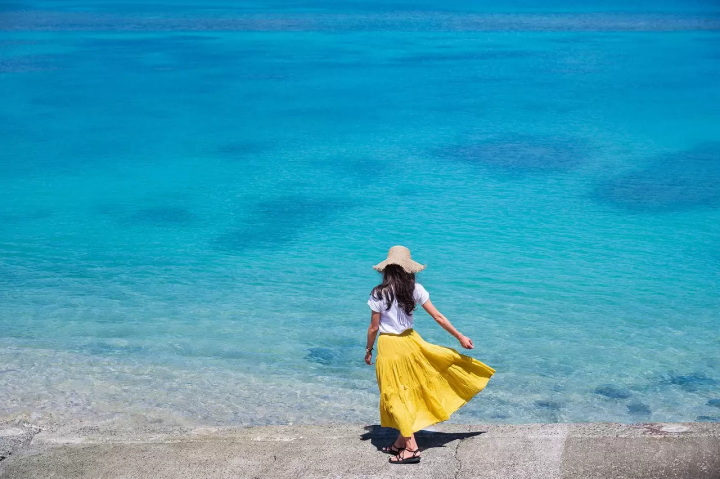
Photo by Pixta
July is a hot month in Tokyo, marking the start of summer. To protect yourself from heatstroke, be sure to stay hydrated and avoid spending extended periods in direct sunlight.
Light, breezy clothes are ideal for July. Try to avoid dark colors, as the sun is quite strong. Wearing a wide-brimmed hat can help protect you from the intense sunlight.
August: High 33.2℃ (91.9°F)/ Low 26℃ (78.9°F)
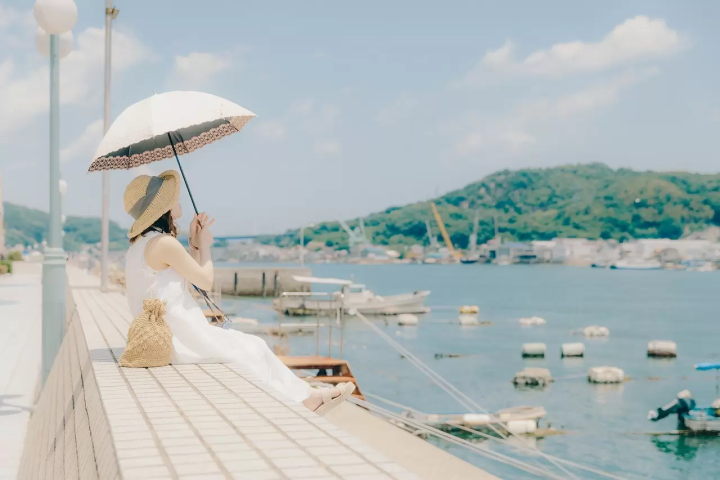
Photo by Pixta
August is the hottest time of the year in Tokyo, especially during the afternoons.
We recommend wearing light clothing, such as summer dresses, T-shirts, and shorts, in the morning, as it tends to be humid and hot. If possible, try to limit outdoor activities to the cooler mornings and evenings.
As in July, the lighter your clothing in August, the more comfortable you'll be. Don't forget to apply sunscreen to protect your skin!
September: High 28.8℃ (83.9°F)/ Low 21.8℃ (71.1°F)
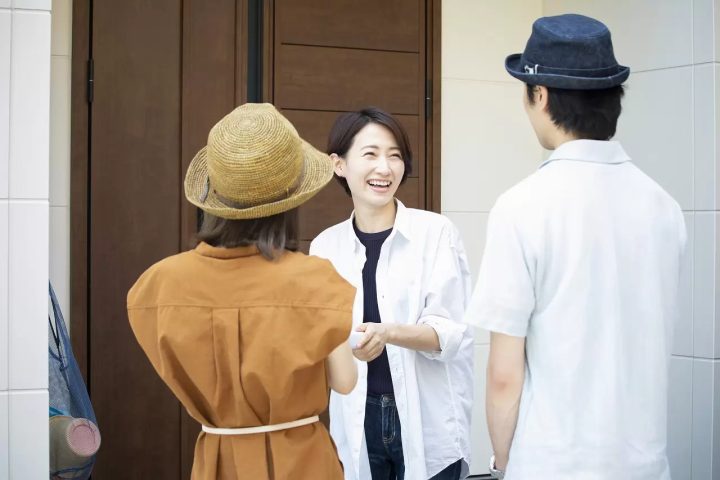
Photo by Pixta
September remains quite warm for most of the month, with temperatures dropping toward the end.
Choose light clothing with short sleeves. As the month progresses, you may find it comfortable to switch to long pants and slightly thicker fabrics.
↑ Return to the top of article.
October to December: Temperatures Drop
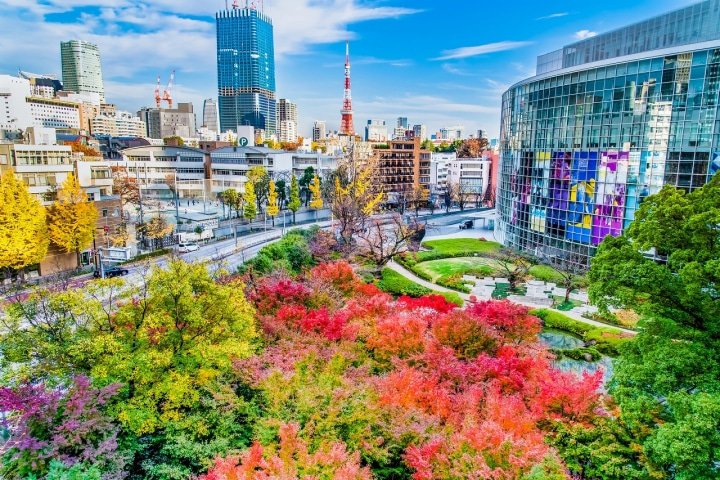
Autumn Foliage in Mohri Garden, Tokyo. Photo by Pixta
The average daytime high between October and December is 23℃ (73.4°F), while the morning low is 17℃ (62.5°F). Fall is another nice season to visit Japan, as the weather is once again quite comfortable and there are amazing bright red and yellow leaves everywhere.
Even though Kyoto is the most famous destination when it comes to autumn foliage, you can still enjoy beautifully colored leaves throughout Japan, including Tokyo's gardens and parks. You may need to carry a thin jacket or sweater with you.
October: High 23℃ (73.2°F)/ Low 17℃ (62.8°F)
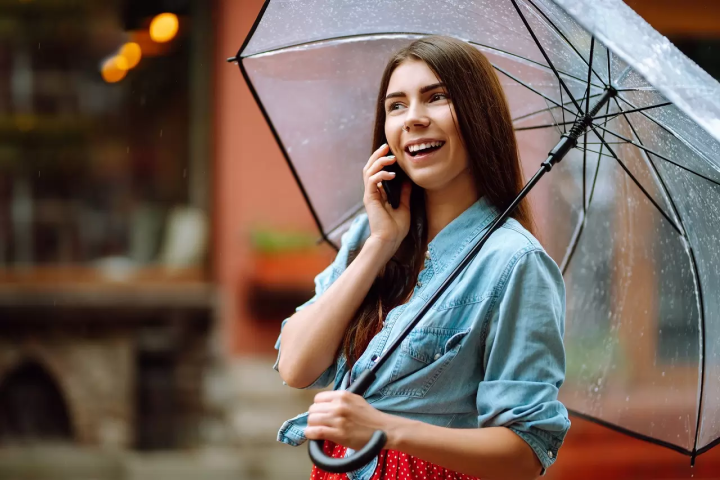
Photo by Pixta
October is one of the mildest months of the year. It is an ideal time when you can wear a variety of outfits, like long pants, tops of all types, and dresses. Bring a sweater just in case, though, as it can become a little chilly.
November: High 17.4℃ (63.2°F)/ Low 9.8℃ (49.4°F)
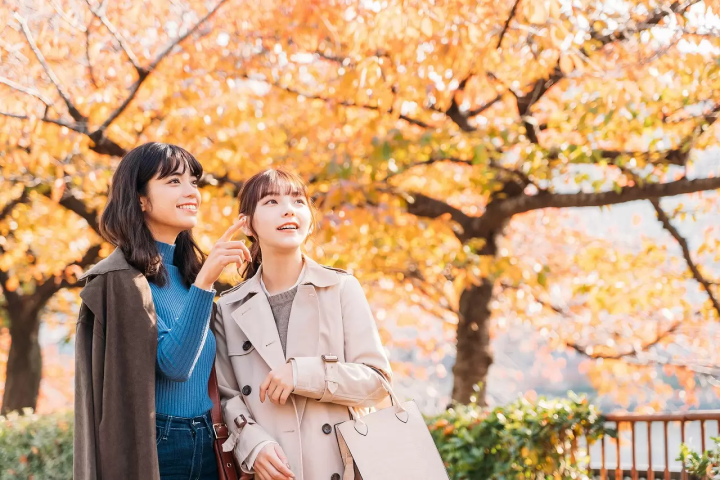
Photo by Pixta
In November, the weather tends to get colder, so we recommend wearing a jacket or sweater. Depending on the day, you might also need a coat and perhaps a scarf.
Since November’s weather can change significantly throughout the day, it's a good idea to be slightly over-prepared when visiting during this month.
December: High 12.1℃ (53.9°F)/ Low 4.9℃ (40.9°F)
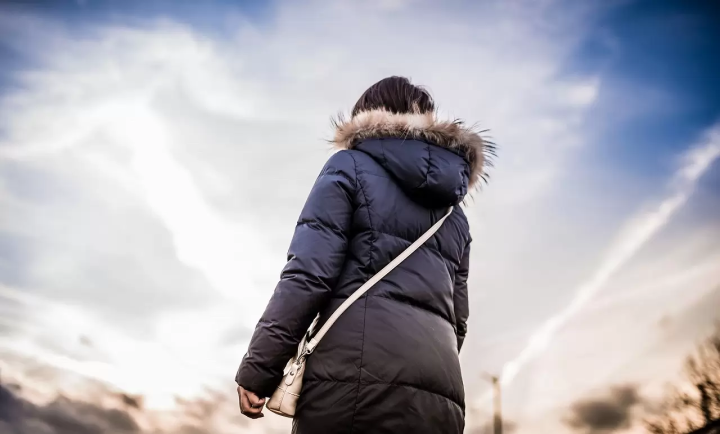
Photo by Pixta
December is one of the coldest months of the year in Tokyo, with temperatures sometimes falling below 1.8℃ (35.1°F) in the morning.
It gets especially cold later in the month, so be sure to bring layers such as thin, long-sleeved T-shirts, sweaters, and coats. A hat and scarf will help keep you warm against the cold gales and wind, which can blow strongly between Tokyo’s skyscrapers.
For trips to Tokyo in December and January, it’s advisable to bring a good winter jacket and warm shoes, as the average temperature often drops below 10°C (50°F).
Check the Local Weather Before Coming to Japan
The weather in Japan and Tokyo varies greatly throughout the year, with distinct differences between the four seasons. If you're not accustomed to this type of climate, it can be challenging.
However, by preparing your clothing and checking the weather forecast in advance, you can ensure a fun and comfortable trip.
Reference: Japan Meteorological Agency
Read also
FAQ
What is the coldest month in Tokyo?
The coldest month in Tokyo is typically January. During this time, temperatures can drop to lows around 0°C (32°F) or even below, especially during chilly mornings and evenings. Snow is not extremely common in Tokyo, but it does occasionally happen during January and February.
What is the best time to travel to Tokyo?
The best times to visit Tokyo are generally in spring (late March to early April) and autumn (September to November). Spring brings the famous cherry blossom season, offering stunning views but with peak crowds and higher prices. Autumn showcases beautiful foliage and mild weather, ideal for exploring the city. Summers are hot and humid, perfect for those who enjoy summer festivals, while winters, although mild, can be cold. Choosing when to visit Tokyo depends on personal preferences, with spring and autumn often favored for their pleasant weather and special seasonal attractions.
Is it OK to wear shorts in Japan?
Wearing shorts in Japan is generally acceptable, especially in casual settings and during the warmer months. While it's fine for tourists to wear shorts, it's important to respect local customs, dress more conservatively in traditional or formal locations, and consider the weather before opting for shorts, as Japan's climate can vary significantly. Alongside staying culturally sensitive, pairing shorts with a neat top and footwear can help maintain a stylish and respectful appearance in line with Japanese fashion sensibilities.
Does it ever snow in Tokyo?
Yes, it does snow in Tokyo, but it is not as common or heavy as in some other parts of Japan. Tokyo experiences snowfall during the winter months, typically from December to February. Snow in Tokyo is often light and doesn't usually cause significant disruptions compared to cities known for heavy snowfall. Occasionally, Tokyo might see some accumulation that can create picturesque scenes in the city, especially in parks and gardens.
What is the least tourist month in Japan?
The least touristy month in Japan tends to be January. After the New Year celebrations, which are a significant holiday in Japan, tourist numbers tend to decrease. The weather is cold in many parts of the country, especially in northern areas like Hokkaido where winter sports are popular. January is not a peak travel season for many international tourists due to the colder temperatures and the lull following the holiday season. This can make it a good time to visit if you prefer fewer crowds and are comfortable with winter weather.
Main image by Pixta
This is the official account of MATCHA's editorial department. Our articles feature useful travel information for visitors to Japan, from how-to guides to recommended places to visit.












































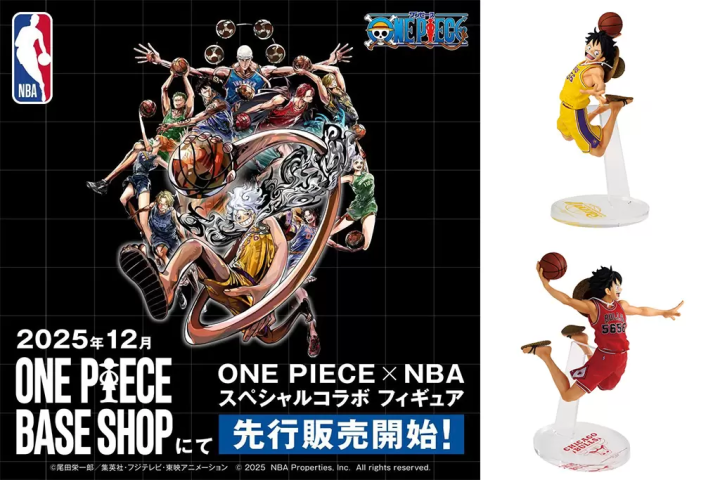
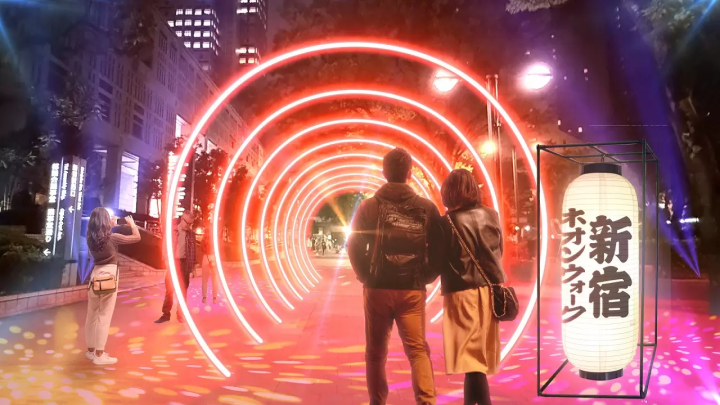
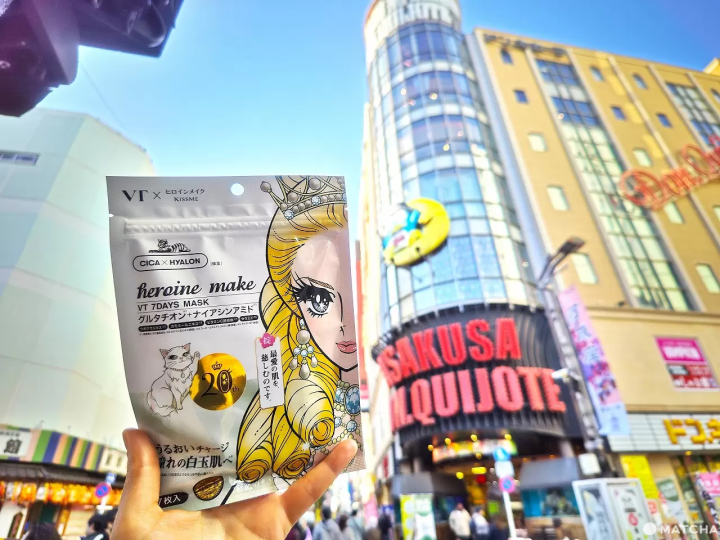

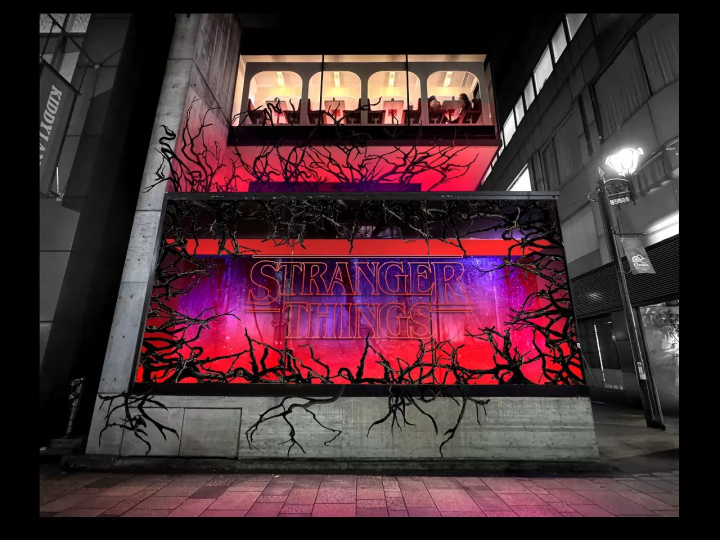






![[JR KYUSHU HOTEL Blossom Oita] A hotel directly connected to Oita Station - A comprehensive guide to access!](https://resources.matcha-jp.com/resize/720x2000/2025/10/23-247814.webp)

![Deep dive into Japanese brands! A tour of famous leather shoe stores with GENSEI & Nin [Harta Edition]](https://resources.matcha-jp.com/resize/720x2000/2025/12/18-253277.webp)
